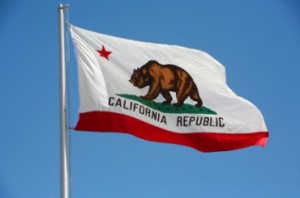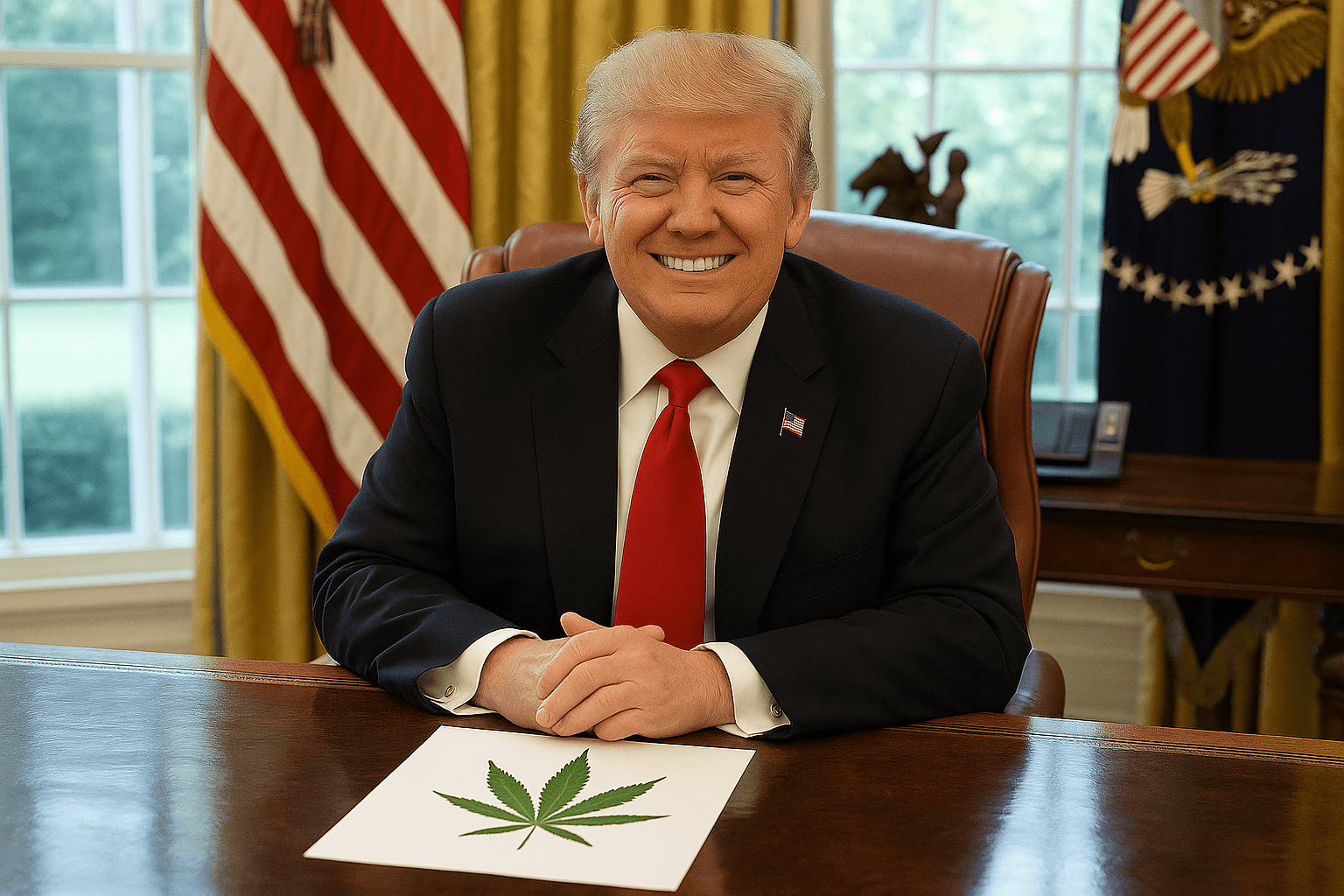Race for Lieutenant Governor includes Democrats, Greens, Libertarians, Republicans, and Socialists

What exactly are the duties of the Lieutenant Governor of California? Many know the position only for what it is not: the governorship.
The Lieutenant Governor may step in as governor in the unlikely case he (the governorship of California has always been male, at least up until this point) is not able to serve. The race for Lieutenant Governor is typically not one heavily covered by pundits and journalists, as it does tend to be more a ceremonial post. This year, however, more than a dozen candidates, from the Democratic, Republican and third parties, have thrown their hats into the ring for this job.
According to the website of California Secretary of State Debra Bowen, those running for Lieutenant Governor must abide by the same regulations as all other statewide candidates in elections, including financial limits on campaign expenditures. According to Bowen’s office, “The expenditure limit for candidates running for Lieutenant Governor… in the June 8, 2010, Statewide Direct Primary Election is $5,178,000.”
Bowen’s office currently recognizes thirteen candidates for Lieutenant Governor, four of whom are third party candidates running from the Peace and Freedom Party (C.T. Weber), the Green Party (James “Jimi” Castillo), the Libertarian Party (Pamela J. Brown) and the American Independent Party (Jim King).
What does the Lieutenant Governor do then, exactly?
The position does entail involvement in a number of areas. The individual serving as Lieutenant Governor must be at least 18, must hold no other post, and must have been living in California for at least five years prior to being elected. According to the California Constitution, the Lieutenant Governor can officially call for a gubernatorial recall, is an “Ex officio member of the University of California Board of Regents”, is President of the Senate, and though he/she cannot vote, has “a tie-breaking vote”.
The Lt. Governor also “sits on the UC Board of Regents and the CSU Board of Trustees”, “oversees and directs the Commission for Economic Development”, is “a member of the State Lands Commission”, is Chair of the State Lands Commission and “a member of the Ocean Protection Council”, and is “a member of the California Emergency Council.”
Looking at the official responsibilities of the Lieutenant Governor, it becomes a little clearer why the list of a baker’s dozen candidates, from San Francisco mayor Gavin Newsom to Green Party candidate Brown to Republicans Sam Aanestad and Scott L. Levitt to incumbent Abel Maldonado are vying for this plum job.
The current Lieutenant Governor is Maldonado, a Republican appointed by Governor Schwarzenegger, who is seeking reelection. Maldonado was officially installed in his post late last month, and less than two months into his term, will need to defend his record in time for the June primary. On June 8, a statewide primary will make it a little clearer who the next Lt. Gov. will be.
But, what about the prevalence of third party candidates? Is their confidence being boosted as a result of the popular Tea Party movement? Is it the growing dissatisfaction with “mainstream” candidates and government excess (as enabled by both Republicans and Democrats)? What do these candidates hope to achieve?
In the case of Peace and Freedom Party candidate C.T. Weber, he is running with two goals in mind. Weber’s first goal is “to solve the budget crisis” and his second goal is “to institute electoral reforms which will result in better and fairer representation.” The areas of electoral reform mentioned include proportional representation, “clean & equal public funding” and “Instant Runoff Voting for executive positions, U.S. Senate and special elections.”
If elected, the former union leader hopes to accomplish some of the following: doubling the minimum wage, creating a single-payer healthcare system, bringing the California National Guard home “to be available for emergencies in California” and supporting the “immediate withdrawal of all U.S. troops and contractors from Iraq and Afghanistan”.
He also supports free college education, allowing anyone to marry, the “establish public financing for elections” and the replacement of "..plurality elections with proportional representation” so that political “groups should win seats in roughly the same percentage as the votes they received. That is, 60 percent of the vote gets you 60 percent of the seats, not all of them. And 20 percent of the vote gets you 20 percent of the seats, not none of them.”
The aptly named Weber may find, however, that it is still a feat to elect to statewide office a candidate running as a representative of a party which openly embraces Socialism. The Peace and Freedom Party of California describes itself as being “committed to socialism, democracy, ecology, feminism and racial equality. We represent the working class, those without capital in a capitalist society.”
The party also describes itself as in favor of government ownership of resources and the “workers’ democracy” of Socialism, which “can only be brought about when we, the working class, unite and act as a body in our own interests.” The group also embraces “mass organization and direct action in “neighborhoods, workplaces, unions and the armed forces everywhere” in order to achieve goals that “cannot be achieved by electoral means alone.”
It will be a surprising day, indeed, when a Socialist party fields the winning team, even if the candidate is not an avowed Socialist or leans in that direction. While the Peace and Freedom Party is one example of a party with clearly proffered and (to some, extreme) some non-mainstream goals, there are many additional candidates jockeying to play a role in the governance of the great state of California, and it only takes a quick look to find out more about each one.
What is most likely is that a more mainstream candidate will win the race for Lieutenant Governor. Whether that means a moderate third party candidate or a self-identified Republican or Democrat will take the crown, remains to be seen.
What is clear is that 2010 is the perfect opportunity for quieter candidates to rush in and have their voices heard. If Republicans and Democrats can inspire equal disgust, perhaps identifiable, moderate and sensible candidates will be able to have their voices heard in 2010.





